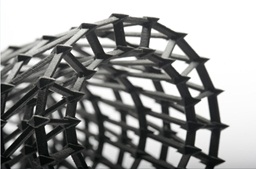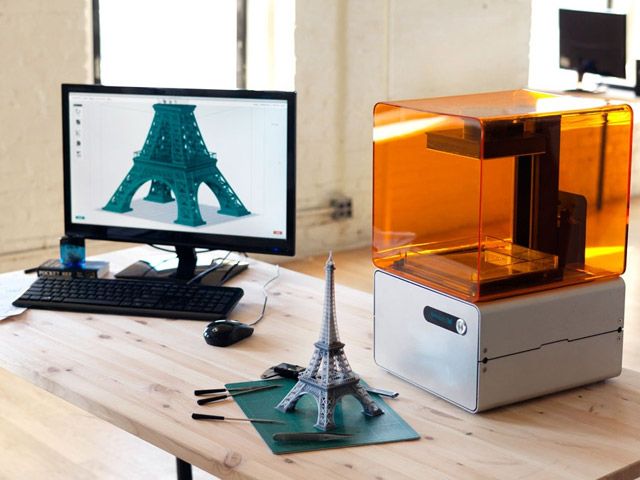Rapid Ready Roundup: New Objet Materials, 3D Systems v. Formlabs, 3D Printing Study and Bones

New Vero Black Plus expands Objet’s materials offerings. Courtesy of Objet.
Latest News
November 26, 2012
In the course of my diligent efforts to keep you good people up to date on the state of additive manufacturing, I come across many interesting news items. I’ll gather them up every so often and present them in a Rapid Ready Roundup (like this one). You can find the last Roundup here.
Let’s see if we can’t fire up those brain cells from a post-turkey stupor. Objet (company profile) has announced the availability of a new version of its Rigid Black Material. According to the company, improvements include, “…enhanced dimensional stability and surface smoothness.” In addition, Objet has added 16 new digital materials with rigid or rubber-like properties. These new materials have been designed to be tougher, simulating polypropylene, and offer Shore A values from 27 to 95.
Next up, 3D Systems (company profile) has filed a lawsuit against Formlabs and Kickstarter, seeking injunctive relief and damages for infringement of one of its patents relating to the stereolithography process. Rapid Ready has previously covered the development of Formlabs’ low cost stereolithography additive manufacturing (AM) system.
“3D Systems invented and pioneered the 3D printing technology of stereolithography and has many active patents covering various aspects of the stereolithography process,” said Andrew Johnson, general counsel for 3D Systems. “Although Formlabs has publicly stated that certain patents have expired, 3D Systems believes the Form 1 3D printer infringes at least one of our patents, and we intend to enforce our patent rights.”
Moving on, Simon Langton Girls’ School in Canterbury has been selected to be one of 20 UK schools to participate in a government study about how AM could assist in education. The school will receive a MakerBot 3D printer along with support and material supplies. In return, the school will file a report on the benefits of AM in an educational environment.
“We will set about developing teaching methods and resources to explore this exciting new classroom resource,” said James Brady, acting head of technology at Simon Langton Girl’s School. “This is a specific government study which could have implications for science, technology, maths and engineering taught in schools across the country.”
Finally, Dutch artist Caspar Berger is using AM for a novel artistic venture. The artist underwent a CT scan to get a picture of his skeleton, and is reproducing the bones via 3D printing.
“Where my last portrait was about flexible skin, I have now turned to what supports the body: the skeleton,” said Berger. “I see the skeleton as the basis of the physical body, but also as the carrier of our ‘eternal identity,’ which long after we are gone continues to reveal who we were.”
Below you’ll find a video that documents the start of Berger’s project.
Sources: GlobeNewsWire, This Is, Objet, Web Pro News
Subscribe to our FREE magazine, FREE email newsletters or both!
Latest News
About the Author
John NewmanJohn Newman is a Digital Engineering contributor who focuses on 3D printing. Contact him via [email protected] and read his posts on Rapid Ready Technology.
Follow DE







